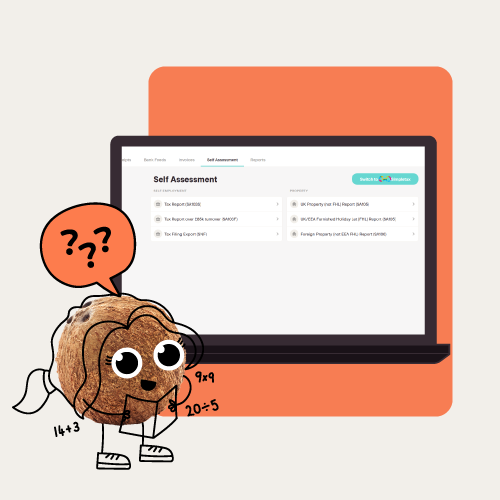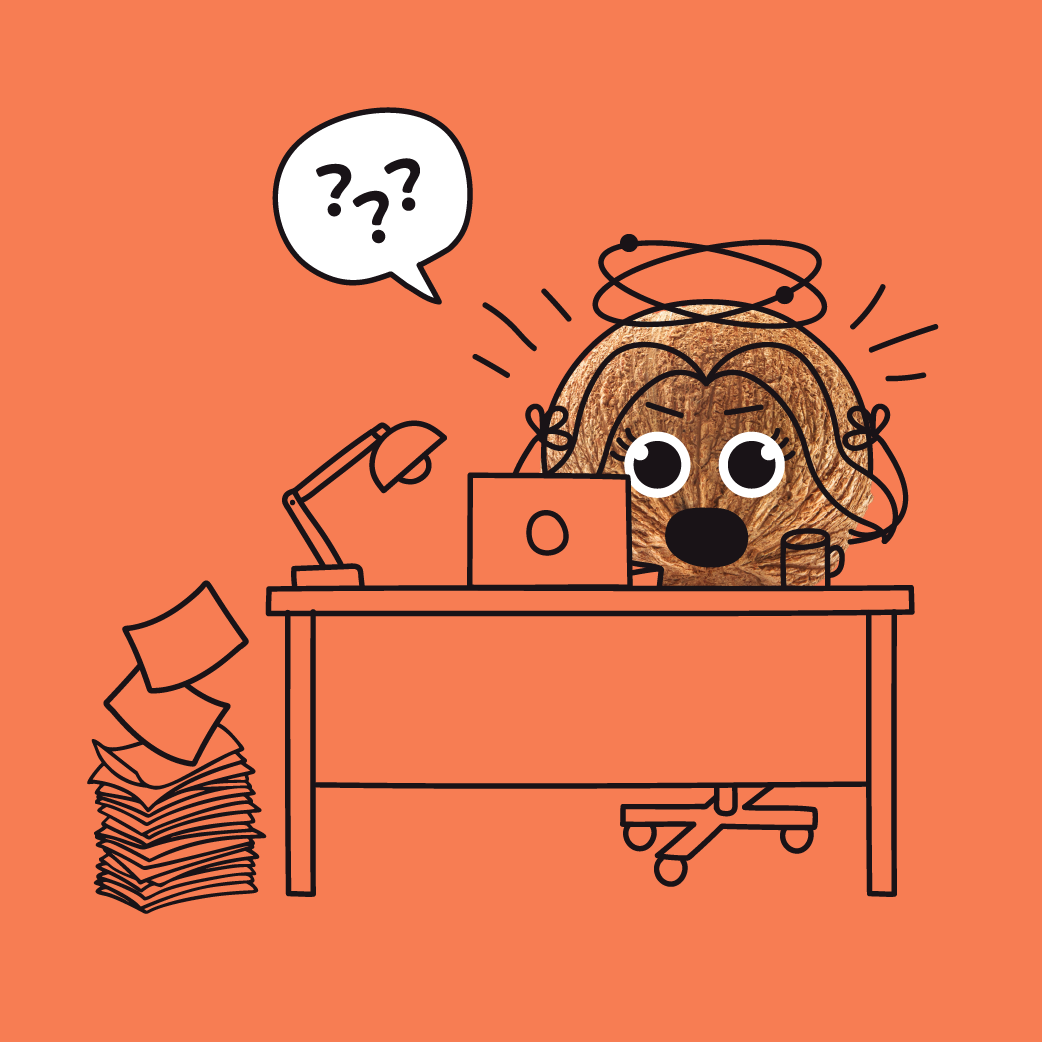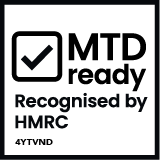Are you ready for Making Tax Digital, or still figuring out what that means? This post contains everything you need to know to prepare for the new system and simplify your tax admin—so you can focus on the stuff that really matters.
Are you confused about Making Tax Digital? Don’t worry. We’ve got you covered with our full guide to MTD for sole traders and landlords.
What is Making Tax Digital?
Making Tax Digital (MTD) is a government initiative that’s designed to make taxes simpler for businesses. It’s already been brought into effect for VAT and will begin for Income Tax in 2026. Making Tax Digital will change the way sole traders and landlords keep business records and report details to HMRC.
Who does Making Tax Digital apply to?
Making Tax Digital for VAT applies to all VAT-registered businesses, regardless of your income level.
Making Tax Digital for Income Tax Self Assessment (MTD IT) has not yet come into effect. When it’s rolled out in 2026, it will apply to all sole traders, partnerships, and people making an income from property, with a taxable income of over £50,000 per year.
That means that if you’re a sole trader or property owner who doesn’t operate through a limited company, MTD for ITSA will apply to you.
What is Making Tax Digital for VAT?
Making Tax Digital for VAT is the first part of MTD that the government has already rolled out. It was initially introduced in 2019 for businesses earning over the VAT threshold, which is currently £85,000 per year. It was expanded to include all VAT-registered businesses in April 2022.
Digital record-keeping under MTD for VAT
Under Making Tax Digital for VAT, you’ll need to keep digital records of the VAT you’ve collected and paid. You’ll need to use an MTD-compliant accounting app or software to do this—so if you’re still using spreadsheets or a paper notebook to keep these records, it’s time for an upgrade.
Changes to filing VAT returns
Under MTD for VAT, you’ll also need to use your chosen accounting software to file your VAT returns (if you have an accountant, they can sort this for you). The dates by which you’ll need to file your returns will stay the same.
Find out more in our Guide to Making Tax Digital for VAT.
What is Making Tax Digital for Income Tax?
The next round of MTD that’s set to come into force is Making Tax Digital for Income Tax Self Assessment, or MTD for ITSA. It’s due to be rolled out in 2026, so you still have a bit of time to prepare.
Using accounting software
Like with MTD for VAT, under MTD for IT you’ll be required to keep all of your financial records digitally, using MTD-compatible software. This means that you’ll need to keep records of all of the amounts you receive from clients and the expenses you pay out for your business. Some software solutions will let you connect to your bank accounts so that transactions can be imported and sorted in one place.
If you’re looking for an easy-to-use app to simplify your self-employed admin, you might want to give Coconut a try. It’s a simple tax app built to help busy sole traders and property owners stop wasting time on bookkeeping and focus on what’s important instead.
Using Coconut, you can connect your bank accounts so that transactions are automatically imported, and scan and save expense receipts on the go, so you never miss out on claiming a business expense. If you work with an accountant, you can invite them to see your account activity in just a few taps, which will make both of your lives easier.
Coconut’s MTD ITSA software is HMRC-recognised for digital record-keeping & quarterly submissions requirements, so you'll be well ahead of the game by the time Making Tax Digital comes into effect in 2026. Want to get a head start? Sign up for a no-strings-attached, 30-day free trial.
New reporting requirements
Another significant change brought in by MTD IT is that, from 2026, you’ll have to submit four reports of your income and expenses to HMRC, instead of just one tax return. You’ll also have to submit a final statement at the end of the year to confirm the information you’ve given them.
While this might sound like a lot of extra work, the reality is that your accounting software will do a lot of the heavy lifting for you. As you’ll be recording details of all transactions completed throughout the quarter, it’ll be a matter of just a few taps to get your reports submitted when the time comes around. Plus, you’ll get a running total of how much tax you’ll owe at the end of the year, so there’ll be no more nasty surprises come tax time.
Learn more about Making Tax Digital for Income Tax.
When are the Making Tax Digital deadlines?
Here are the deadlines you need to know about for Making Tax Digital:
Making Tax Digital for VAT
As of 1st April 2022, MTD for VAT is now mandatory for all VAT-registered freelancers, even if you registered voluntarily and make less than £85,000 per year. If you haven’t signed up for MTD for VAT yet, be sure to do so as soon as possible, so that you can submit your next VAT return under the new system.
Making Tax Digital for Income Tax
Sole traders and landlords have a bit more time to prepare for MTD for IT, which won’t be mandatory until April 2026. However, you can start preparing now by optimising your business processes (yes, that means no more keeping records in messy Excel sheets… don’t worry, we’ve all been there!).
You can also get a head start by signing up with some accounting software that you’ll be able to use for MTD IT when the time comes—like Coconut, for example.
Find out more in our blog about Making Tax Digital deadlines.
How do I sign up for Making Tax Digital?
If you haven’t yet signed up for Making Tax Digital for VAT, you can do so on the gov.uk website. It’s a fairly simple process that requires you to submit certain information about yourself and your business. Your accountant can also sign up for you, if you have one.
You don’t yet need to sign up for Making Tax Digital for Income Tax, but when you do, the process will probably be similar. HMRC will likely release more details on this closer to the time, so we’ll let you know when we know.
You can find out more about in our step-by-step guide to signing up for Making Tax Digital.
Get prepared for Making Tax Digital with Coconut
The first thing you need to do to get ready for Making Tax Digital is to sign up for some MTD-compliant accounting software, and get used to using it to track your income and expenses.
Ready to get started? Starting your 30-day Coconut free trial now.










